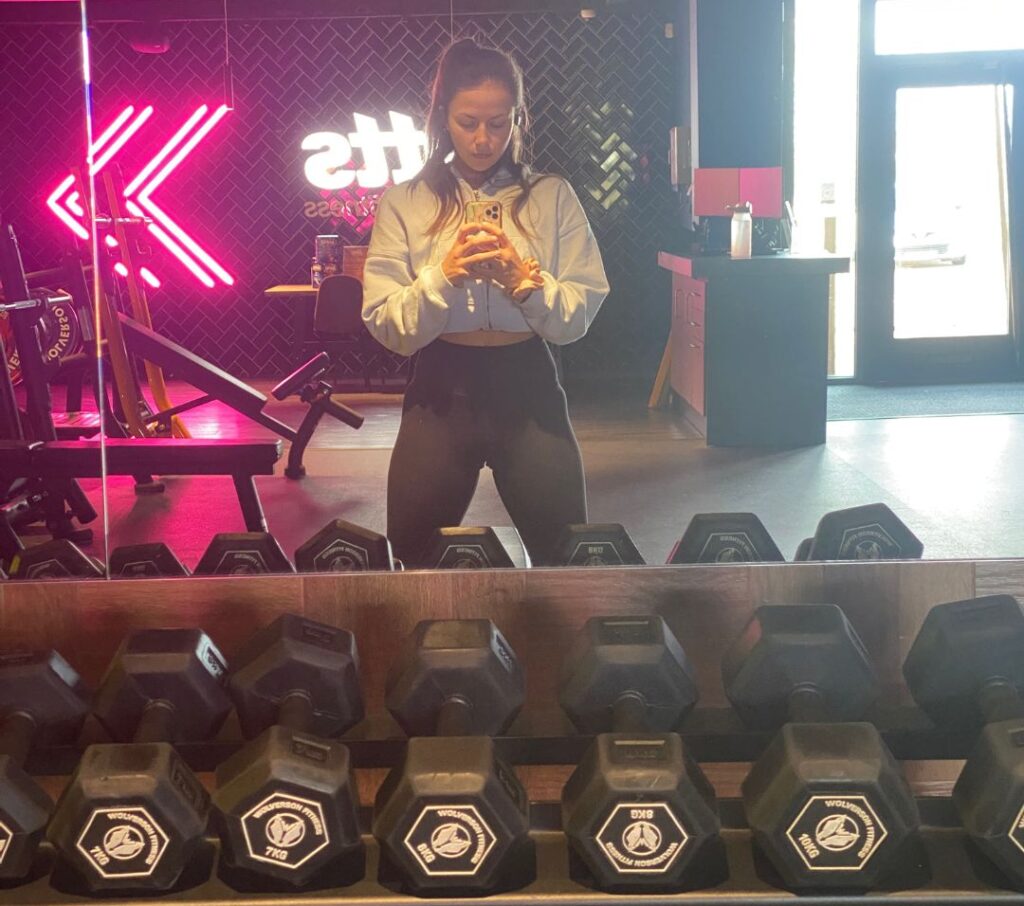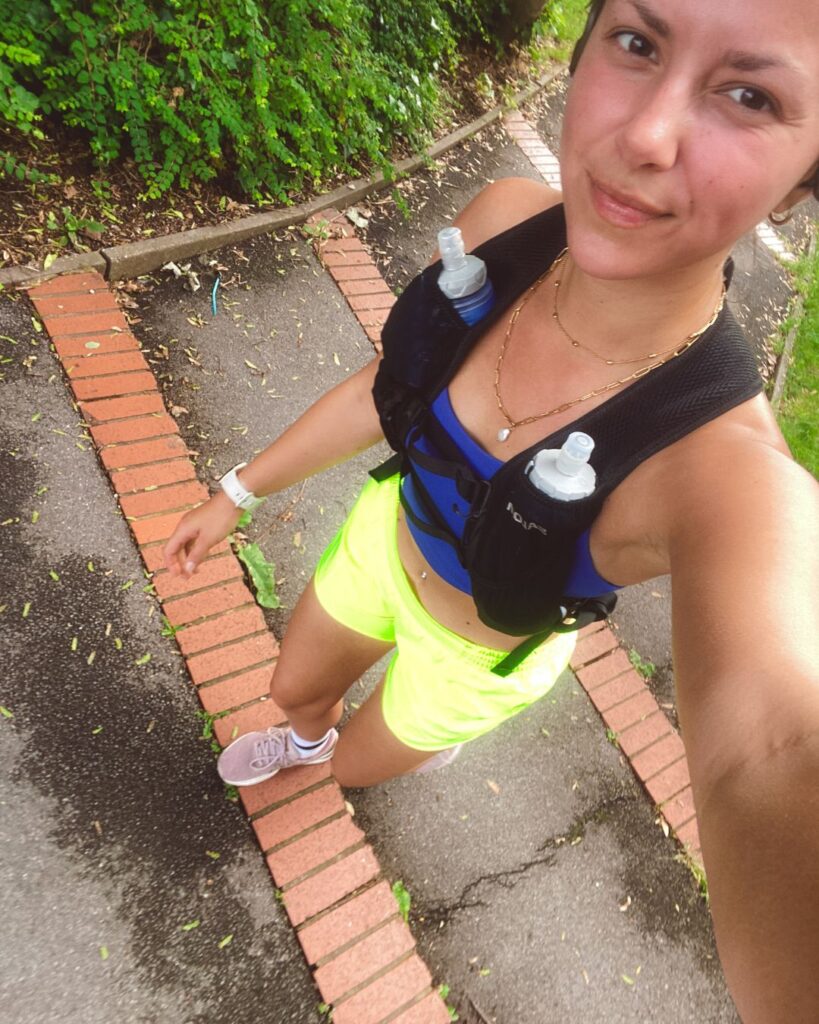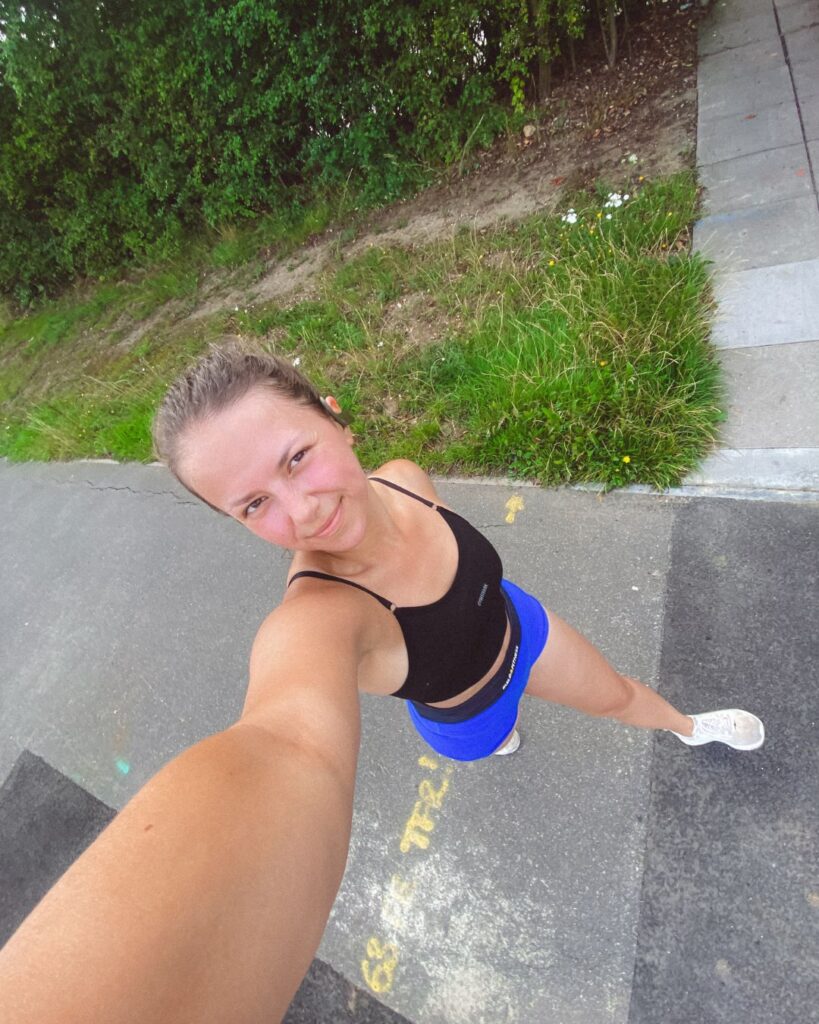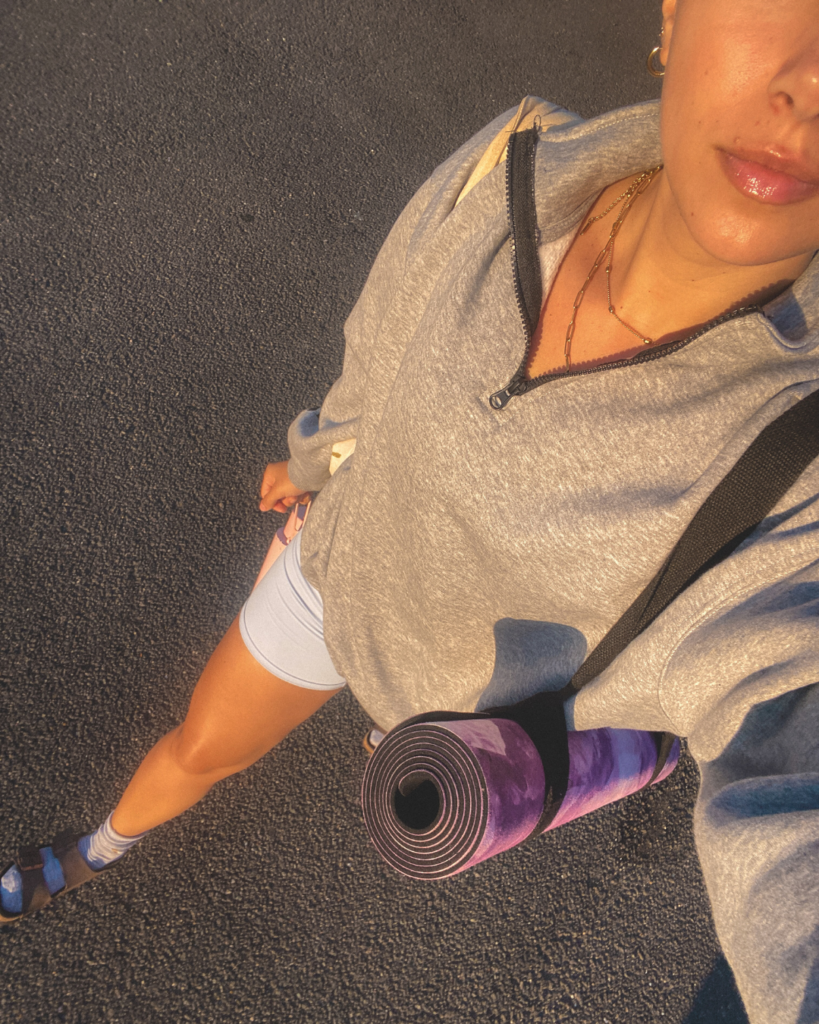When it comes to weight loss, many women believe that the more they work out, the farther they run, and the harder they push themselves, the more weight they’ll lose. While exercise is incredibly important for many reasons—like bone health, brain function, heart health, and maintaining balance and strength as we age—its role in weight loss is often overestimated, while the importance of diet is underestimated. The truth is, you can’t outrun a bad diet.
People often think they burn more calories during a workout than they actually do and assume the foods they eat are lower in calories than they are. That’s why, if your goal is weight loss, it’s crucial to focus on your diet first. Only after that should you consider exercise and other pillars of wellness, like stress management, sleep quality, relationships, and minimizing toxins.
Why isn’t exercise as effective as we might expect?
Many people assume exercise is the most important part of weight loss, but the reality is that your body adapts to it by making you hungrier. You may end up reaching for high-calorie foods, which can undo your efforts if you’re not careful. You may also want to fuel properly for your workouts while maintaining a calorie deficit which can be hard to navigate alone. Your body might also try to compensate for the calories burned by reducing your non-exercise activity throughout the day—things like fidgeting or bouncing your leg, known as Non-Exercise Activity Thermogenesis (NEAT). Sometimes, this compensation can offset the benefits of your workout entirely from an energy expenditure perspective.
It’s also important to note that you can’t target fat loss in specific areas through exercise—or through any method, really. Doing endless ab workouts won’t specifically burn belly fat, and doing arm exercises won’t just trim the fat under your arms. Any fat loss comes from maintaining a calorie deficit, and where you lose fat first will depend on your genetics.
However, exercise can still be a useful tool for weight loss once you understand this. I’m going to cover some of the best options here. But remember the most important point:
Exercise is only effective if you actually do it.
This means that if you hate some of these exercises but love yoga, dancing, or even doing a Valkyrie workout on YouTube in full costume—do that! Consistency is key. The more consistent you are, the more results you’ll see. And more importantly, as you see yourself becoming someone who works out regularly, you’ll start to see yourself as a “healthy” person and will be more likely to make healthier choices in the kitchen.
Alright, let’s dive in!
Resistance Training: Your Secret Weapon

Let’s start with my favorite type of exercise—the one with the most pros—and, in my opinion, the one most women aren’t taking enough advantage of: resistance training! This is especially true for middle-aged and older women, who have the most to gain from this form of exercise. As we age, we can become more fragile and prone to fractures if we don’t work on our bone density and muscle strength. Resistance training helps by putting load on our muscles and bones, which is exactly what they need to stay strong.
Why Resistance Training is So Good for You:
-
More Muscle = You Can Eat More: Yes, you heard me right! The more muscle mass you have, the more calories your body burns at rest. This means you can enjoy more of the foods you love while loosing weight.
-
Achieve a “Lean” Look: If your goal is to get lean rather than just skinny, resistance training is your best friend. To get that toned, lean look, you want muscle under a low body fat percentage, and lifting weights is the way to build that muscle.
-
Improve Bone Health: Lifting weights isn’t just about building muscle; it’s also fab for your bones. Resistance training helps increase bone density, making you less fragile as you age and reducing the risk of fractures and osteoporosis.
-
Feel Strong and Capable at Any Age: The stronger you are, the more you can do. Resistance training helps you stay independent, active, and less prone to injuries as you get older.
-
Numbers to Track and Ways to Measure Progress: One of the great things about resistance training is that you can see your progress in numbers—whether it’s the weight you’re lifting, the number of reps you’re completing, or how you’re feeling overall. This makes it incredibly motivating because you get to see yourself getting stronger over time and takes a focus away from numbers on the scale which aren’t always helpful.
-
So Many Ways to Do It: There’s no one way to do resistance training, which is part of the beauty of it. You can try Pilates, use weights at home, go to the gym, join classes, or work out solo. There are tons of online workouts you can follow, and most gyms have personal trainers who can show you the ropes and help you feel more comfortable with the equipment.
So, if you haven’t already, it’s time to add some resistance training into your routine! Your future self will thank you for it.
Cardio: The Pros and Cons
Ah, cardio—the exercise everyone thinks they need to do to lose weight. But here’s the reality: while cardio can be beneficial, it can also put a lot of stress on your body, especially if you’re already feeling stressed or not getting enough rest. This can lead to injuries or an increase your cortisol levels—the stress hormone that can actually inhibit fat loss. Not quite what we’re aiming for!
The Benefits of Cardio (When Done Right):
But don’t write off cardio just yet! When done correctly—with proper rest days and possibly some guidance from a trainer—cardio can be amazing for heart health, keeping your cardiovascular system in top shape. Running, in particular, can benefit your bones because each steps puts a load onto them.
However, this movement is mostly just up and down, while weight training offers a wider range of motion. Plus, actives like swimming and cycling are great, but they miss this bone-strengthening element because you’re not working against gravity.
There’s also a huge benefit to getting outside and into nature—whether it’s a walk, run, or cycle. This is a fantastic way to incorporate multiple pillars of wellness into your exercise routine, like stress reduction and connecting with nature.
Cardio activities like running, cycling, or swimming can also be great if you love setting challenges for yourself. Maybe you want to reach a certain distance or follow a specific plan—this can be a fun way to track your progress without focusing on the scale.
If you enjoy a social aspect to your workouts, cardio-based exercise classes—like dancing or HIIT—can be fantastic for accountability. Many of these classes have cancellation fees, so you’re less likely to skip them. Classes also help you create relationships with like-minded people who might help you on your journey.


Walking vs. Running:
Did you know that walking and running actually burn about the same number of calories over the same distance? So, it really comes down to what you enjoy more. boosting your step count to increase your NEAT (non-exercise activity thermogenesis)—that’s all the little movements you make throughout the day. As you lose weight, your body might naturally try to conserve energy by reducing these movements, so adding in a step count can help keep your energy expenditure up.
So, if you enjoy cardio, go for it! But do it for your heart, your health, and the joy of moving—not just for weight loss.
Stretching/ Yoga
Stretching might not be the first thing that comes to mind when you think of fitness, but it plays a crucial role, especially for women who are more at risk for fractures as they age. Not only does exercises like yoga or tai chi help with balance but it often incorporates some level of resistance training through body weight exercises which is really great if you’re a beginner.
While body weight resistance is a great starting point, I’d recommend adding some weights if you’re not doing so elsewhere in your routine—especially as you advance.
Why else might we wanna incorporate stretching and mobility style workouts into our exercise routine?
- You Can’t Move Where You Can’t Move: Simply put, the more flexible you are, the more freedom your body has. Stretching helps you maintain and increase your range of motion, making it easier to do everyday things like bending down to tie your shoes or reaching for something on a high shelf—all without pain. These little things matter for living a vibrant, independent life!
- Stress Management: Exercises, like yoga, are fantastic for stress management. So activities like yoga not only get you moving but also help lower cortisol levels.
- Lymphatic Stimulation: Stretching can also help stimulate your lymphatic system, which is essential for detoxifying the body and keeping your immune system strong. A healthy lymphatic system supports overall wellness, which is an important part of any weight loss journey.
- Low-Calorie Burn, But Big Benefits: Now, stretching doesn’t burn a ton of calories, but that doesn’t mean it isn’t a useful exercise to include in your routine. It offers countless benefits that go beyond just burning calories and can greatly support your other fitness efforts.
So, while stretching alone won’t torch those calories, it’s a fantastic complement to your other forms of exercise. Think of it as a way to keep your body happy, healthy, and injury-free while you tackle those other workouts!

For a fat loss goal, the exercises to prioritize are weight training and increasing your NEAT (Non-Exercise Activity Thermogenesis) by adding a daily step count and staying more active in small ways—like taking the stairs instead of the lift or walking to the local shop rather than driving for just two minutes.
Cardio is fantastic for heart health, but it isn’t the star of fat loss that we often think it is. However, joining classes or running clubs can be a great way to stay social and accountable.
Stretching is crucial for maintaining our mobility as we age, helping us stay stable and able to actually live our lives to the fullest.
But, overall, diet is far more important for fat loss. We have much better control over the calories we consume than the calories we burn through exercise. This is something all my clients learn when we work together. I also help you figure out what kind of exercise works best for you and your lifestyle, and how to fuel your body around specific types of exercise like running or weight training, especially when working towards an aesthetic goal.
If you’d like more information on working with me 1:1, click here, or click here to book a free health planning call.
